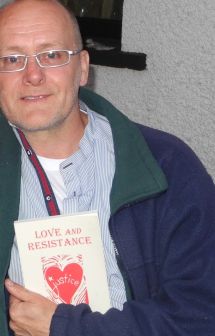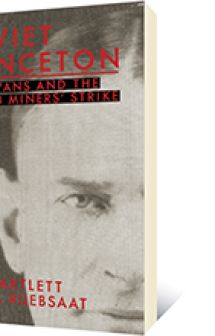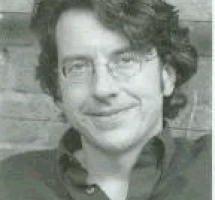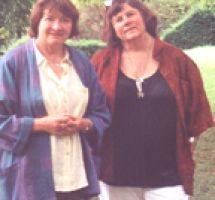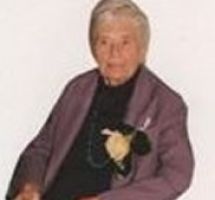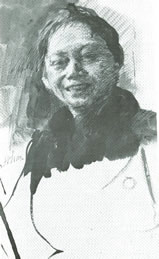
KK: Self portrait
When the Cold War was at its most virulent, abstract artists in the USA were funded secretly by their government. The official line was that art is not political. Art classified as ´social realism´ was considered politically suspect if not darn right subversive and communist. So the art of Kollwitz was brushed aside along with Ken Sprague as outdated and unfashionable. This book may be out of print but is well worth looking for; other works about her are also available in English and German. I like this book because it is large format and it comprises mostly her works, although there is a good introduction and background statement.
Kollwitz was a humanist, feminist, and pacifist; she had to live through a time in history when her values were being shattered by war and ideology; her work was banned in Germany during WW2. She saw the destruction of social justice in her daily life with her husband, Karl, who choose to practice medicine among the poor and oppressed of Berlin in the early 20th century.
On my first trip to East Berlin I saw the Karl Kollwitz Polyclinic across from my friend´s apartment house. A few blocks away in a park is a massive bronze statue of Kathe, near the site of her home that was destroyed during a bombing raid in WW2. She was safe in the countryside at the time, but died just before the end of the war.
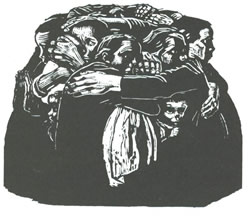
KK, The Mothers: from this book
Kollwitz employed her amazing skill as a printmaker, drawer and sculptor to depict her passionate beliefs. She did many drawings about the horror of war, hunger, and fear. One of her most famous series of prints is about the destitute weavers, displaced by industrialization. She was generous with her work, donating much of it to organizations like the Women´s International League for Peace & Freedom to use as posters and to publicize the causes of peace and social justice. Her work is breathtaking in its skill and power; her subject matter elevates her talent to the level of great art. Some recent writers have tried to emphasize her artistry over her content, but I think her passion for people is what drove her to use and develop her talent.
Her work is becoming better known now. There are two museums in Germany dedicated to her work, in Cologne and in Berlin. The first time I went to the museum in Berlin, I started to cry and cried my way through each floor. But I return whenever I can to love and admire this woman and her brilliant art.

 Follow
Follow

